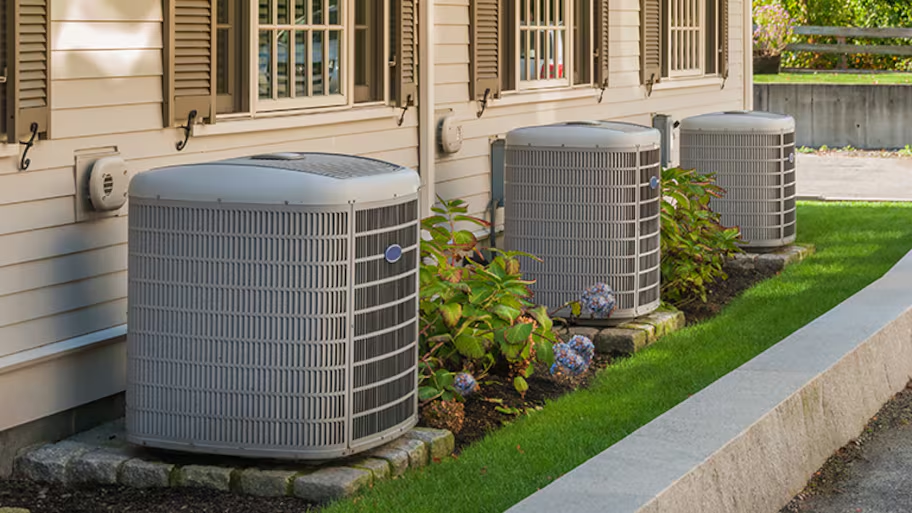
Get matched with top rototilling pros in Arlington, GA
Enter your ZIP and get matched with up to 5 pros
Need a pro for your rototilling project in Arlington, GA?
Find Rototilling pros in Arlington
No results for Rototilling pro in
Try adjusting your search criteria.The homeowners guide to home care is here
From average costs to expert advice, get all the answers you need to get your job done.

HVAC replacement costs depend on a lot of factors, like unit type, size, and labor. See what you can expect to pay for HVAC replacement here.
 •
•Discover the true window AC unit installation cost to learn about labor, permits, and ways to save on your window AC project.

Discover the primary whole-house air filtration system cost factors when installing one in your home to help remove airborne contaminants and allergens.

Who do you call to fix a boiler? This easy guide will help you hire the right pro for the job of fixing your boiler.

Record-setting temperatures can negatively affect your home and yard. Learn 12 ways to protect your property during heat waves and drought conditions.

Knowing when to replace your boiler will help you avoid last-minute emergencies in the middle of winter. Here are seven signs that you may need a brand-new unit.
- Blakely, GA Rototilling pros
- Colquitt, GA Rototilling pros
- Fort Gaines, GA Rototilling pros
- Shellman, GA Rototilling pros
- Cuthbert, GA Rototilling pros
- Shorterville, AL Rototilling pros
- Donalsonville, GA Rototilling pros
- Abbeville, AL Rototilling pros
- Newville, AL Rototilling pros
- Georgetown, GA Rototilling pros
- Bainbridge, GA Rototilling pros
- Kinsey, AL Rototilling pros
- Eufaula, AL Rototilling pros
- Flooring in Arlington
- Fencing in Arlington
- Tree Service in Arlington
- Siding in Arlington
- Home Builders in Arlington
- Septic Tank in Arlington
- Plumbing in Arlington
- Epoxy Flooring in Arlington
- Moving in Arlington
- Foundation Repair in Arlington
- Excavating in Arlington
- Cleaning in Arlington
- Windows in Arlington
- Painting in Arlington
- Pest Control in Arlington
- Insulation in Arlington
- Plumbing in Arlington
- Roofing in Arlington
- Tree Service in Arlington
- Kitchen And Bath Remodeling in Arlington
- Fencing in Arlington
- Electrical in Arlington
- Moving in Arlington
- Pest Control in Arlington
- Pressure Washing in Arlington
- Flooring in Arlington
- Swimming Pools in Arlington
- Handyman Service in Arlington
- Septic Tank in Arlington
- Garage Doors in Arlington